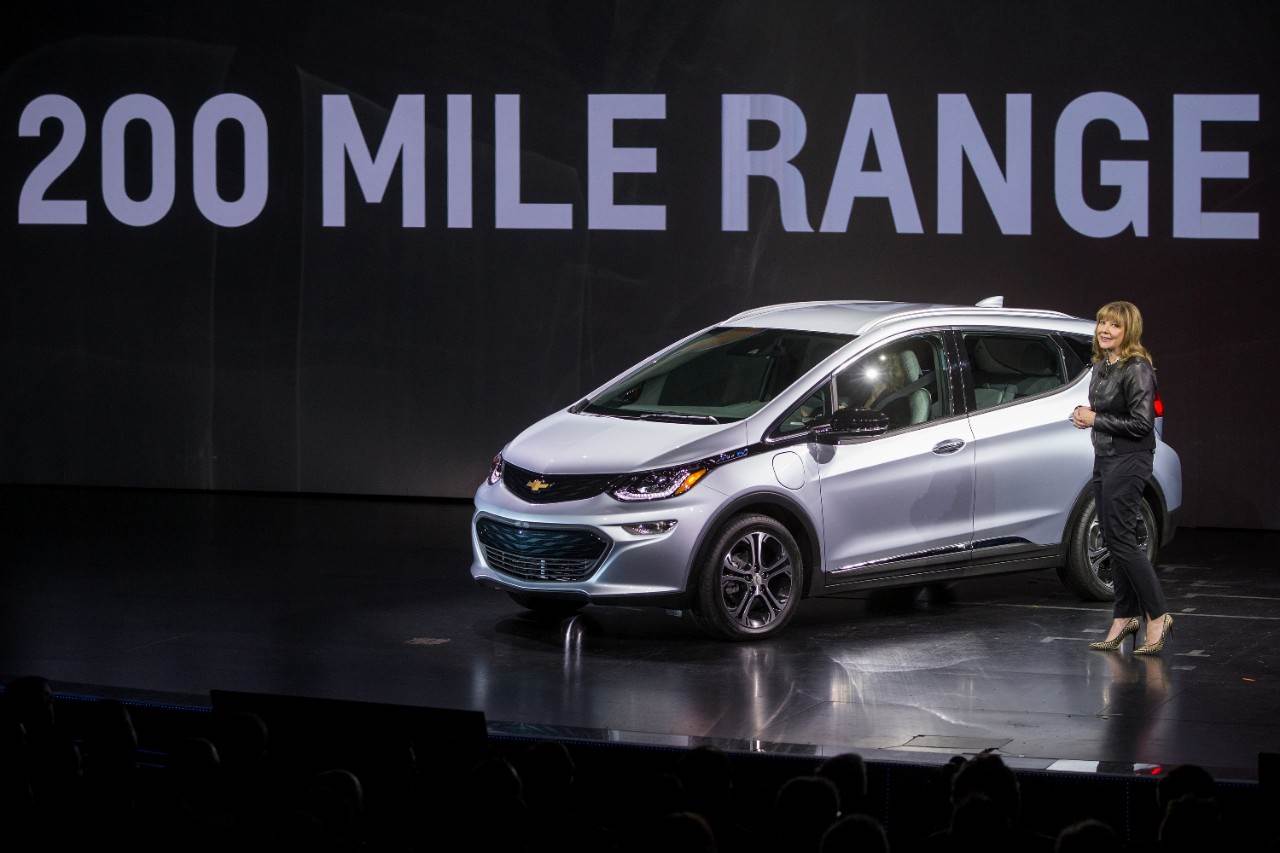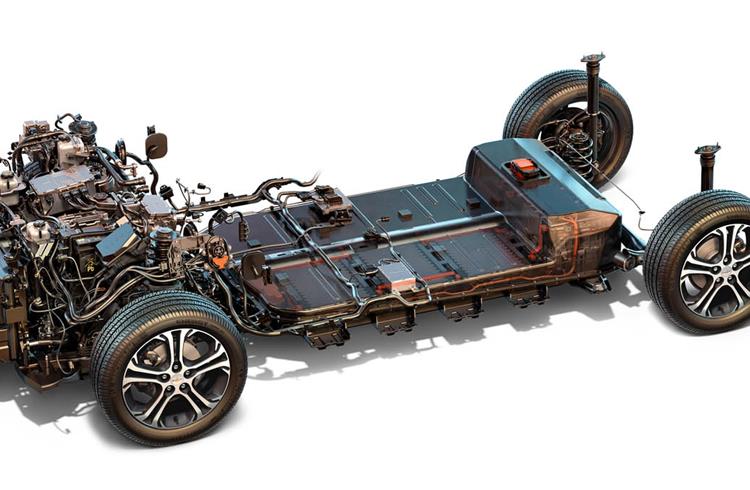New Chevrolet Bolt’s drive unit and battery secrets revealed
GM engineers focus on careful balance of range and performance.
The 2017 Chevrolet Bolt EV, which has been revealed at the ongoing Detroit Motor Show, does more than set a new benchmark for affordable, long-range EV driving. It also raises the bar when it comes to driving performance.
GM says its engineers developed the Bolt EV’s propulsion system to offer more than an estimated 320 kilometres (200 miles) and a driving experience that’s more akin to a compact sports sedan than a small utilitarian crossover.

“Being the leader in range and affordability means nothing if the car isn’t going to excite you each time you get behind the wheel,” said Josh Tavel, Chevrolet Bolt EV chief engineer. “That’s why the team was tasked with delivering a propulsion system that would also make the Bolt EV an electric vehicle that owners would love to drive.”
Single Motor Drive Unit
Like most EVs on the road, the Bolt EV’s drive system uses a single high-capacity electric motor to propel the car. But it’s the smooth, powerful and quiet motor design, gear configuration and shift-by-wire system that separates it from the pack.
The engineering team designed the Bolt EV’s electric motor with an offset gear and shaft configuration tailored to meet efficiency and performance targets – most notably more than an estimated 320km of range. The motor is capable of producing up to 266 lb.ft. (360 Nm) of torque and 200bhp (150 kW) of motoring power. Combined with a 7.05:1 final drive ratio, it helps propel the Bolt EV from 0-96kph in less than seven seconds.
Power delivery is controlled by Chevrolet’s first Electronic Precision Shift system. This shift and park-by-wire system sends electronic signals to the Bolt EV’s drive unit to manage precise feel and delivery of power and torque, based on drive mode selection and accelerator inputs. A by-wire shifter requires less packaging space than a traditional mechanical shifter, resulting in more interior space and improved interior layout.
60 kWh Battery System
Having more than 2 billion kilometres of EV experience from the Chevrolet Volt helped Bolt EV battery engineers and strategic partner LG Electronics to develop an all-new cell and battery pack to offer more than an estimated 320 kilometres of range.
Battery system preliminary specifications include:
- 60 kWh lithium-ion battery pack.
- 288 lithium ion cells
- Five sections
- 10 modules
- 96 cell groups – three cells per group
- 435 kilograms (960 lbs) total weight
“You usually have a battery cell that delivers either the desired levels of energy or power, but not traditionally both. With this cell design and chemistry we were able to deliver a battery system with 160 kilowatts of peak power and 60 kilowatts hours of energy,” said Gregory Smith, Bolt EV battery pack engineering group manager.
The battery uses active thermal conditioning, similar to the Chevrolet Volt, to keep the battery operating at its optimum temperature, which results in solid battery life performance. The Bolt EV battery will be covered by an 8-year/ 160,000 kilometre (whichever comes first) limited warranty.
Inside the battery pack – which spans the entire floor, from the front foot well to back of the rear seat – is a new cell design and chemistry. The nickel-rich lithium-ion chemistry provides improved thermal operating performance over other chemistries, which requires a smaller active cooling system for more efficient packaging. The chemistry allows the Bolt EV to maintain peak performance in varying climates and driver demands.
The cells are arranged in a ‘landscape’ format and each measures in at only 100 millimetres (3.9 inches) high and 338 millimetres (13.1 inches) wide providing improved packaging underfloor. The lower profile cell design enabled the vehicle structure team to maximise interior space.
The battery system is mated to a standard equipment 7.2 kW onboard charger for regular overnight charging from a 240-V wall box. A typical commute of 80 kilometres can be recharged in less than two hours. The Bolt EV also features an optional DC Fast Charging system using the industry standard SAE Combo connector. Using DC Fast Charging, the Bolt EV battery can be charged up to 145 kilometres of range in 30 minutes.
RELATED ARTICLES
Lamborghini unveils Urus SE ahead of Auto China 2024
Electric-only range of 60km helps reduce emissions by 80%.
ZF to display next-gen e-axle for low-floor city buses at Busworld Turkiye 2024
The AxTrax 2 LF is available with a continuous output of up to 360 kW and a peak torque of up to 37,300 Nm.
Daimler Buses and BMZ Poland to develop next-gen NMC4 electric bus batteries
The new battery generation NMC4 – succeeding the current NMC3 technology – will combine high energy density, resulting i...





 By Autocar Pro News Desk
By Autocar Pro News Desk
 13 Jan 2016
13 Jan 2016
 5049 Views
5049 Views









